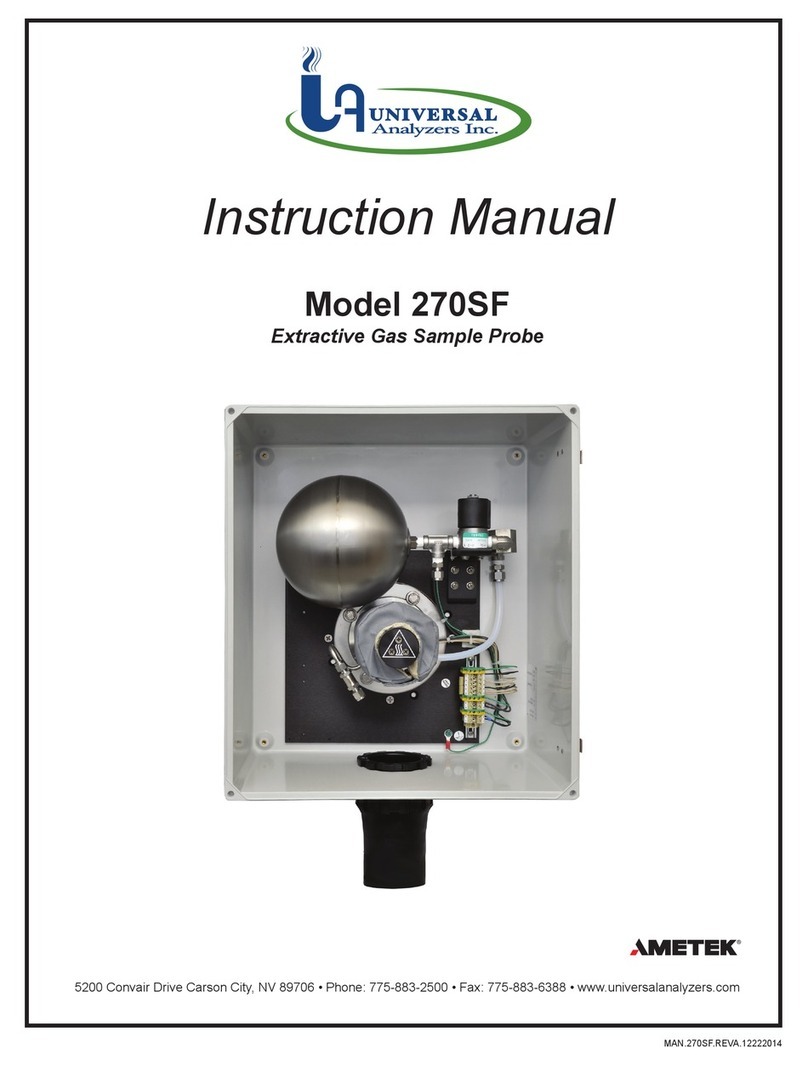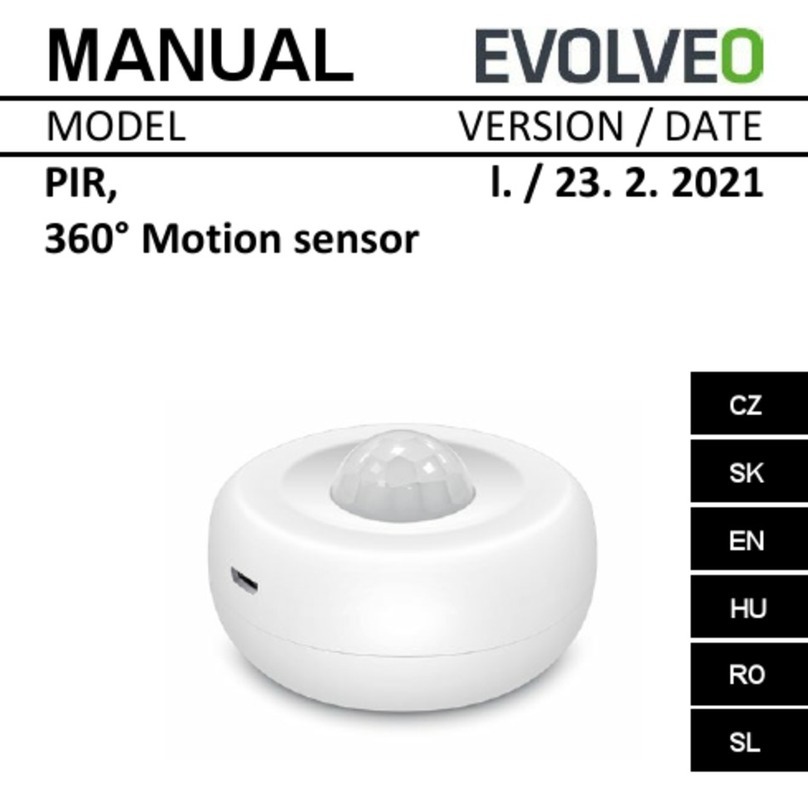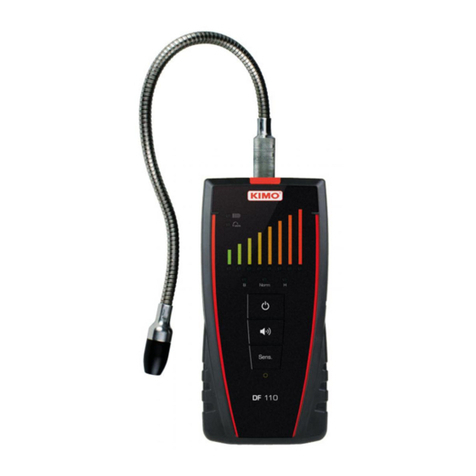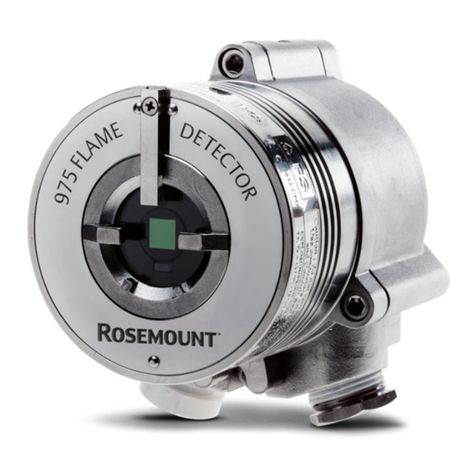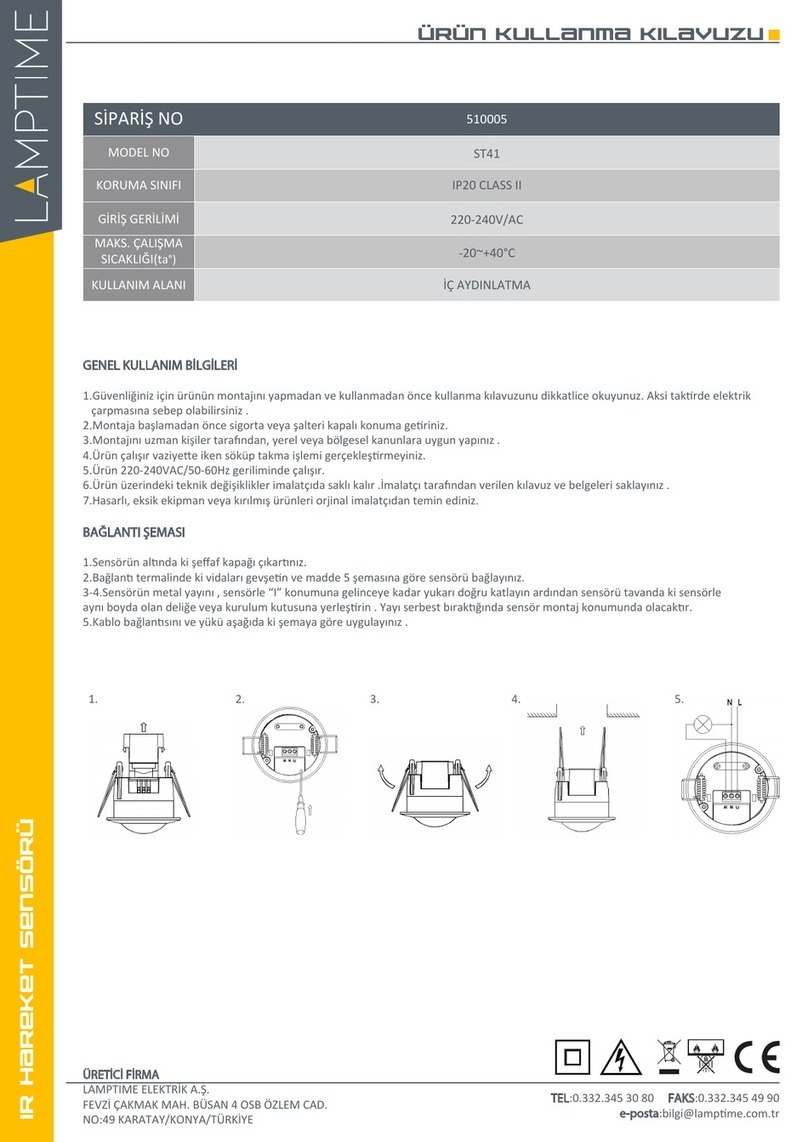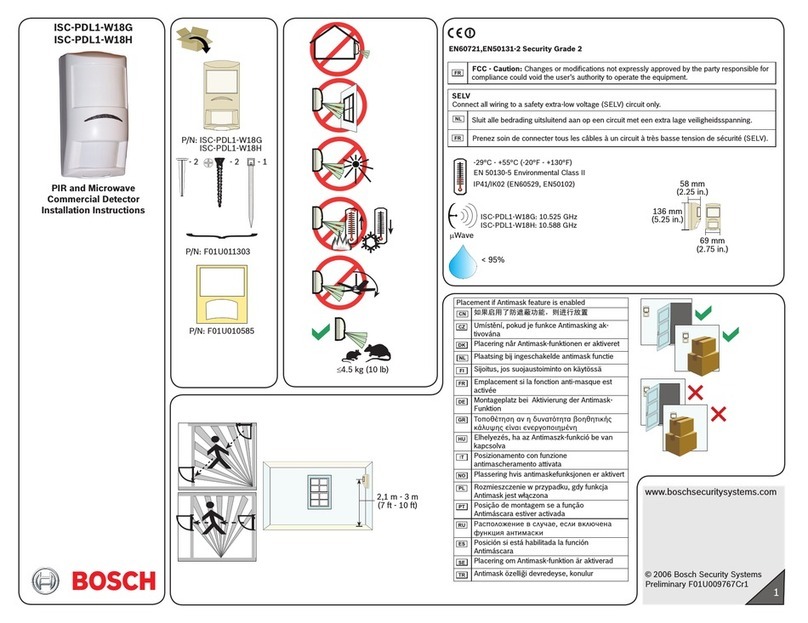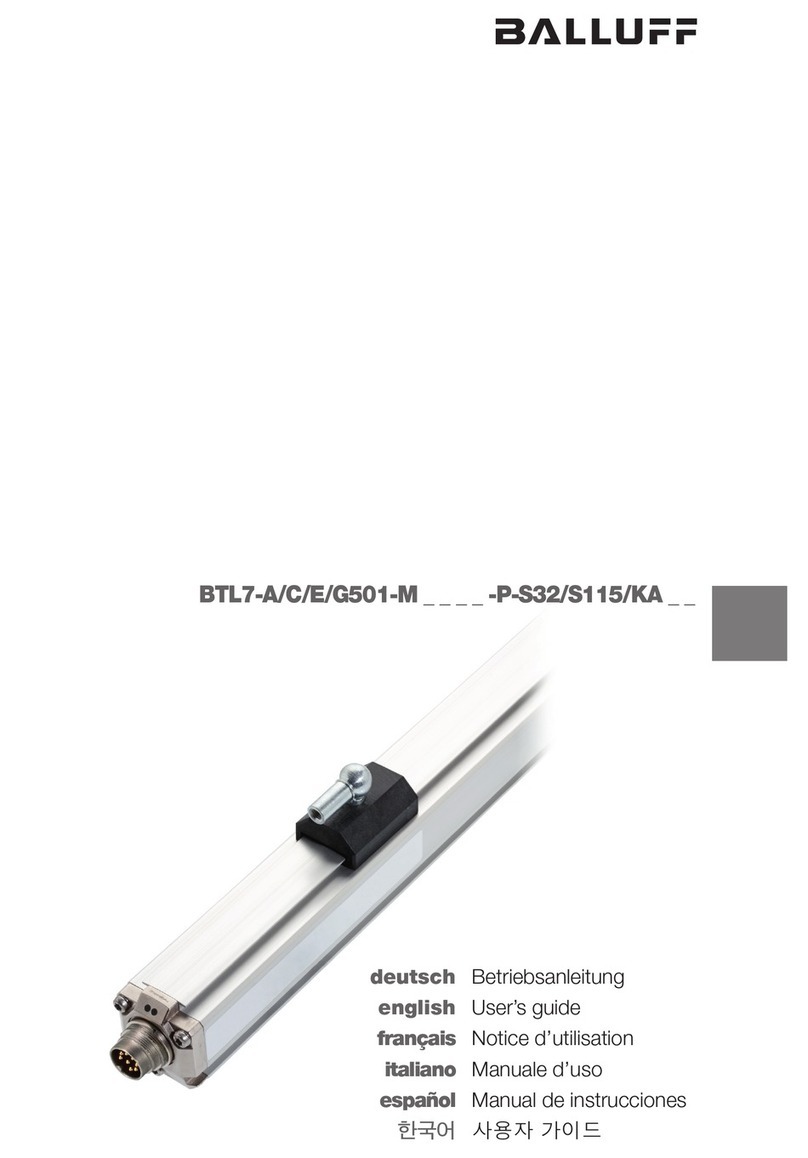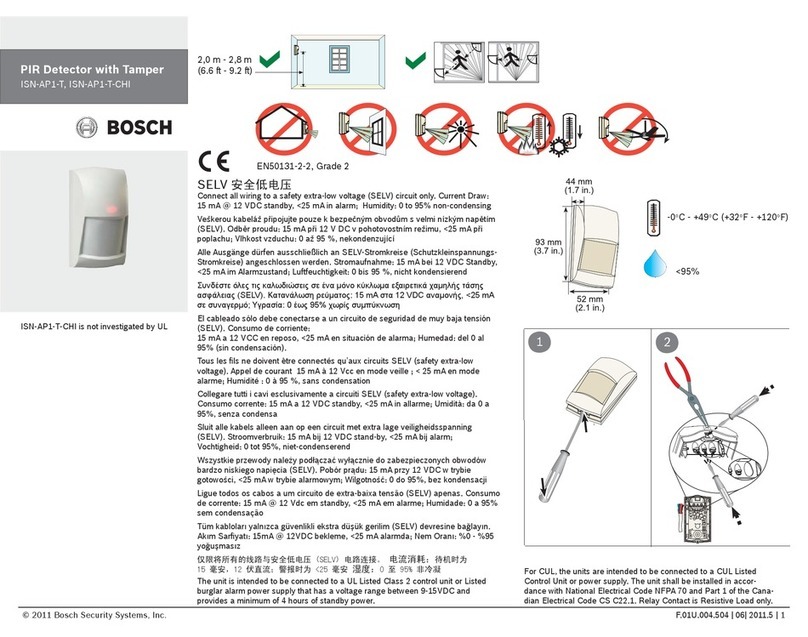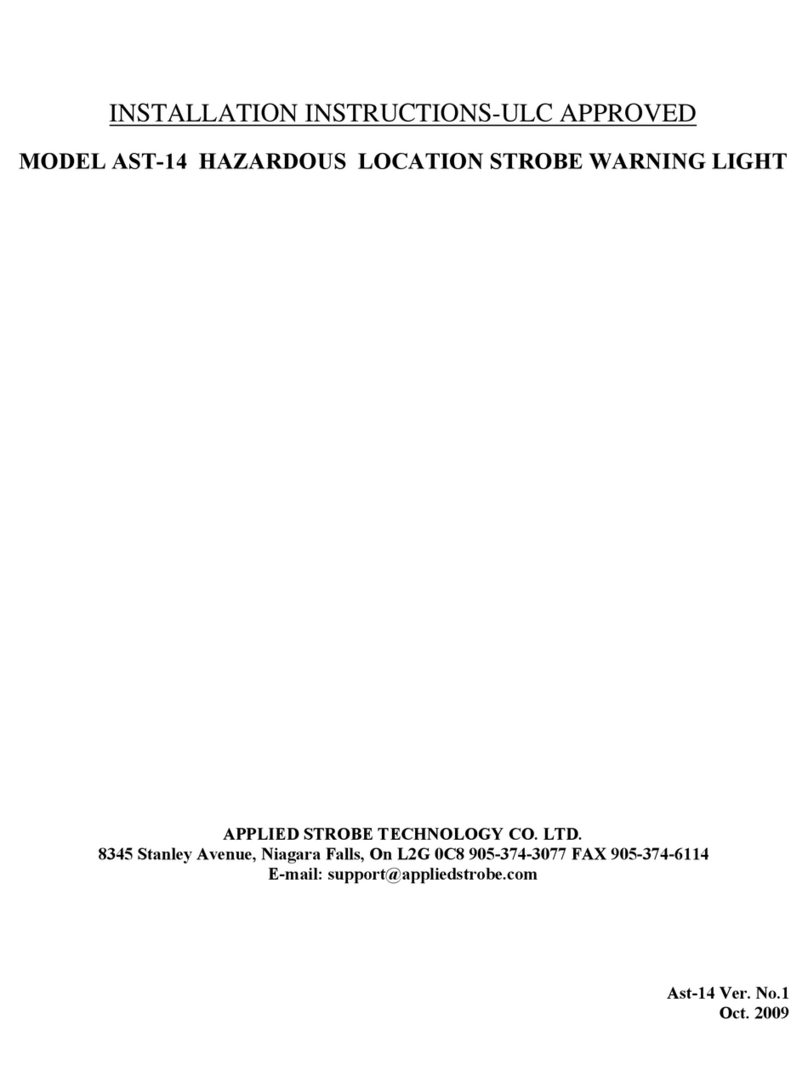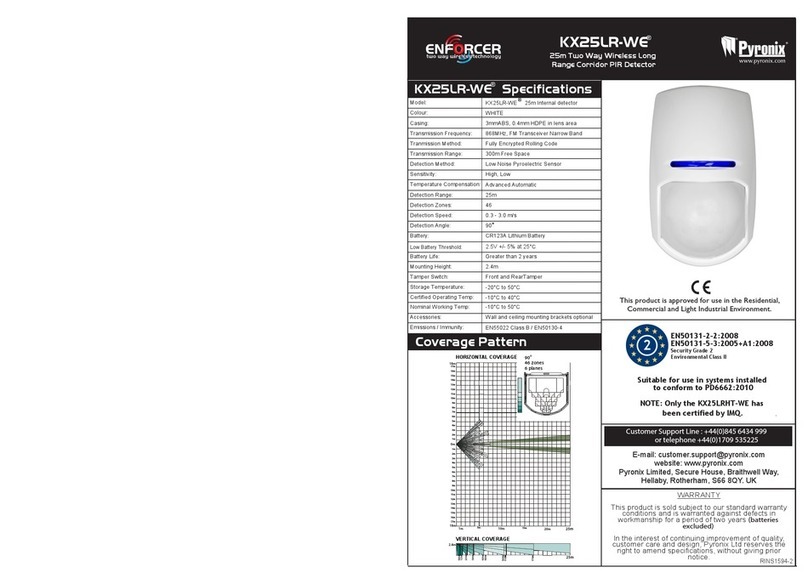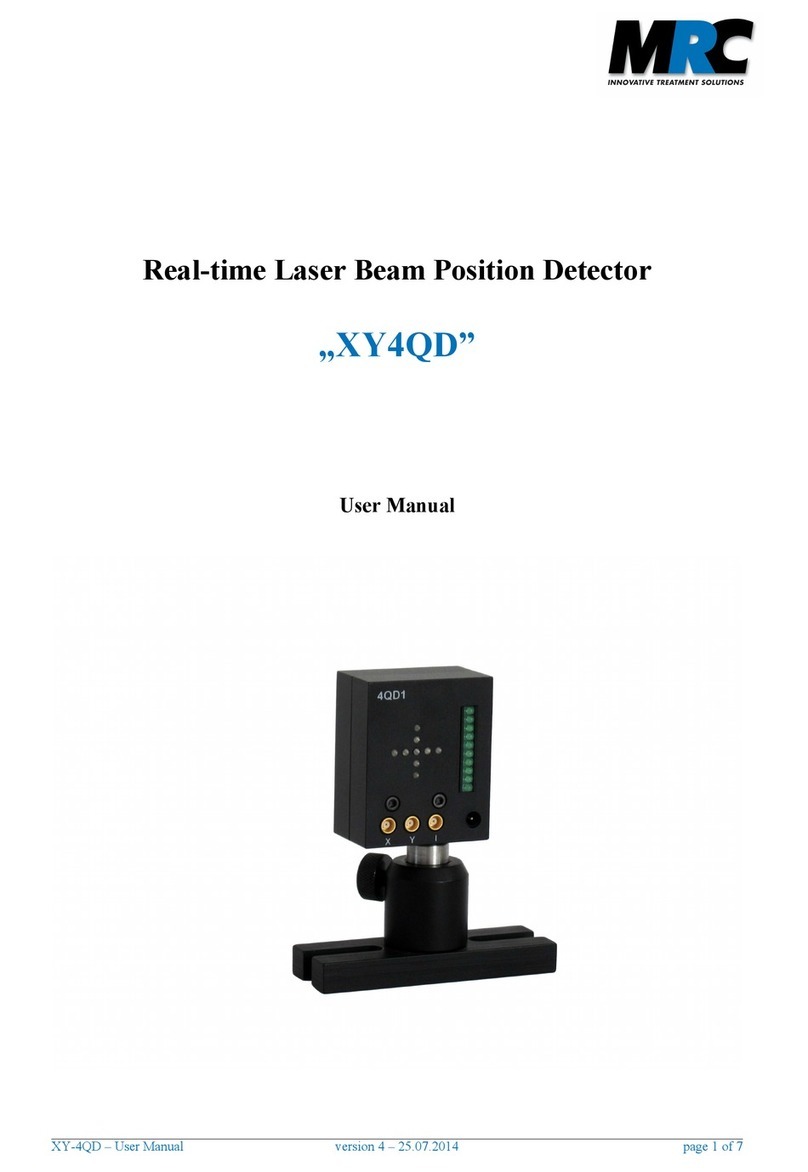sewerin rmld User manual

Operating
Instructions

Measurable success by Sewerin equipment
Congratulations. You have chosen a quality instrument manufactured
by Hermann Sewerin GmbH.
Our equipment will provide you with the highest standards of perform-
ance, safety and efciency. They correspond with the national and in-
ternational guide-lines.
Please read and understand the following operating instructions before
using the equipment; they will help you to use the instrument quickly and
competently. If you have any queries we are available to offer advice
and assistance at any time.
Yours
Hermann Sewerin GmbH
Robert-Bosch-Straße 3
33334 Gütersloh, Germany
Tel.: +49 5241 934-0
Fax: +49 5241 934-444
www.sewerin.com
info@sewerin.com
Sewerin USA, LLC
2835 Haddoneld Road
Pennsauken, JJ 08110-1108
Phone: +1 215-852-8355
Fax: +1 856-662-7070
www.sewerin.net
sewerin-usa@sewerin.net
SEWERIN SARL
17, rue Ampère - BP 211
67727 Hoerdt Cedex, France
Tél. : +33 3 88 68 15 15
Fax : +33 3 88 68 11 77
www.sewerin.fr
sewerin@sewerin.fr
Sewerin Ltd
Hertfordshire
UK
Phone: +44 1462-634363
www.sewerin.co.uk
info@sewerin.co.uk
SEWERIN IBERIA S.L.
Centro de Negocios Eisenhower
Avenida Sur del Aeropuerto
de Barajas 24, Ed. 5 Of. 2C
28042 Madrid, España
Tel.: +34 91 74807-57
Fax: +34 91 74807-58
www.sewerin.es
info@sewerin.es
Sewerin Sp.z o.o.
ul. Annopol 3
03-236 Warszawa, Polska
Tel.: +48 22 519 01 50
Fax: +48 22 519 01 51
Tel. kom.+48 501 879 444
+48 608 01 37 39
www.sewerin.com

Operating Instructions
31.01.2007 – 105713 – en
RMLD
Remote Methane Leak Detector

Warranty & Warning notices
To ensure reliable operation and safety, it is required to pay attention to
the following notes.
Hermann Sewerin GmbH is not liable for damage caused by failure to
comply with these notes. The guarantee and liability conditions of the sales
and delivery conditions of Hermann Sewerin GmbH are not extended by
the following notes.
This product may only be taken into operation after reading thoroughly
the accompanying operating instructions.
This product may only be used for intended applications.
This product is destined for industrial and commercial applications.
Repairs may only be performed by the manufacturer or appropriately
trained staff.
The manufacturer is not liable for damage resulting from arbitrary modi-
cations of the product.
Only spare parts may be used which are approved by Hermann Sewerin
GmbH.
Technical changes within the scope of further development reserved.
Danger!
The visible green Spotter laser is a Class IIIa laser product.
Do not look into the beam or view directly using optical in-
struments.
CAUTION!
Do not attempt to repair this device. Please refer to Section
V in this manual if the device does not work correctly or in-
dicates a fault or warning.
Warning!
Do not switch on or use the RMLD indoors if there is any
indication, possibility or suspicion that an explosive level of
gas may be present.

I
Contents Page
Overview ..................................................................................1
Section I (System description)...............................................4
1.1 Technical data for the RMLD system ........................................4
1.2 RMLD system components .......................................................6
1.2.1 Controller................................................................................6
1.2.2 Transceiver.............................................................................6
1.2.3 Carrying strap.........................................................................7
1.2.4 Charger .................................................................................7
1.2.5 Carrying case .........................................................................7
1.2.6 Headphones...........................................................................7
1.3 Optional accessories.................................................................8
1.3.1 Dual shoulder strap harness ..................................................8
1.3.2 External power source ...........................................................8
Section II (Battery charging) ..................................................9
2.1 Rechargeable battery................................................................9
2.2 Charger ..................................................................................10
2.3 Charging procedure ................................................................10
Section III (Operating the RMLD) ......................................... 11
3.1 Switching on the RMLD...........................................................13
3.2 Switching on the spotter laser .................................................14
3.3 Switching off the RMLD...........................................................15
3.4 Using the menus .....................................................................15
3.5 Using DMD mode....................................................................17
3.6 Using the Pure Tone mode......................................................18
3.7 Self-test and calibration...........................................................19
3.7.1 Calibration override ..............................................................22
Section IV (Monitoring with the RMLD)...............................24
4.1 Monitoring with the RMLD.......................................................24
4.2 Long range scanning...............................................................27
4.3 Dealing with false detections...................................................28
4.4 How does the RMLD measure gas concentrations?...............29

II
Contents Page
Section V (Maintenance and troubleshooting)...................33
5.1 Troubleshooting the device .....................................................33
5.2 Maintenance............................................................................37
Appendix................................................................................38
Glossary ..................................................................................38
Daily log of RMLD self-test and calibration .............................40

1
Overview
The Methane Leak Detector (RMLD™) uses state-of-the-art tech-
nology to identify methane leaks from a considerable distance.
The RMLD the rst of a new generation of leak monitoring devices
that signicantly improve the productivity and safety of mobile
monitoring activities.
Using the RMLD, it is now possible to monitor areas that are hard
to reach or are not easy to access. The use of TDLAS (Tunable
Diode Laser Absorption Spectroscopy) laser technology means
that the RMLD does not need to be located directly in the gas
plume. As the laser passes through a gas plume, the methane
absorbs a portion of the light, which is then detected by the
RMLD. This technology makes it possible to detect leaks along
the line of sight without always having to walk the full length of
the gas pipe.
Figure 1-2
Remote detection using laser technology, allows areas to be safely
monitored that may otherwise be difcult to reach, such as busy
roads, properties with guard dogs, fenced off areas, and other
hard to access places.
Road (asphalt)
Fence
Gas pipe
Kerb
Leak

2
The device is designed to selectively detect methane only, and
will not give a false alarm should other hydrocarbon gases
be present. Gas concentration is calculated according to the
amount of infrared light absorbed by the gas. Because the gas
is detected along the line of sight of the laser, the concentration
is given in ppm•m (parts-per-million•meter). In other words, the
RMLD measures the concentration of the gas cloud multiplied
by its width. Depending on the local meteorological conditions,
a given amount of gas escaping from the ground will produce a
plume that varies in size and uniformity of concentration levels.
Gas plumes are variable in nature and depend on the soil condi-
tions, temperature, wind, and leak rate.
The RMLD consists of two main components that interact with
each other:
Transceiver
Controller
Figure 1-3: The RMLD system consists of a laser transmitter/receiver and
a controller

3
The transceiver has two lasers. The infrared laser is invisible
and is continuously active when the device is switched on. The
visible green spotter laser must be activated by the operator by
pressing the trigger button.
The RMLD can be operated in a wide variety of environmental
conditions, including cold and hot weather and light rain. Its rug-
ged design will withstand normal eld use and operating condi-
tions. Sensitivity and range are not negatively affected by normal
amounts of dust on the optics window.
The RMLD includes integrated self-test and calibration functions
that guarantee correct functioning of the device. The calibration
cell built into the carrying case allows the operator to carry out the
self-test and calibration as part of a daily start up routine. While
in use, the RMLD continuously monitors several parameters to
ensure that the instrument is functioning correctly. Should any
of these parameters exceed the specied operating limits, an
audible alarm will sound and a fault/warning error message will
be shown on the display.
The device is supplied with a training video. It is strongly recom-
mend that all operators view the video in order to learn the basic
techniques required to carry out monitoring using the RMLD.

4
Section I (System description)
1.1 Technical data for the RMLD system
Detection method: TDLAS (Tunable Diode Laser
Absorption Spectroscopy)
Measurement range: 0 to 99,999 ppm•m
Sensitivity: 5 ppm•m at a distance of 0 to 15 m
Min. 10 ppm•m at a distance of 15 to
30 m
Detection range: 30 m (nominal). Actual distances
may vary depending on the type of
background and other conditions.
Beam size: Conical beam, width 56 cm at 30 m
Alarm modes for
detection:
DMD (Digital Methane Detection)
Audible signal, variable pitch accord-
ing to concentration when the alarm
activation threshold is exceeded.
Alarm activation threshold adjustable
from 0 to 255 ppm•m.
Pure Tone
Continuous audible signal, variable
pitch according to concentration.
System fault
warning:
Audible signal and symbol on display
Self-test and
calibration:
Integrated self-test and calibration
function for checking correct operation
and adjusting laser wavelength for best
sensitivity. Gas test cell integrated into
carrying case
Standards complied
with:
EMC (EN 61000-6-2, EN 6100-6-4)
(pending)

5
Laser safety (eye
protection):
CDRH, ANSI and IEC
IR detection laser
Class I
Green spotter laser
Class IIIa: Do not look into the beam
or view directly using optical instru-
ments.
–
–
Display: Large, easy to read display with
backlight (0.75 inch, numeric)
Operating
temperature:
-17 °C to 50 °C
Humidity: 5 to 95% (non-condensing)
Housing: IP54 (protected against water spray
and dust)
Weight of device: 4 kg (transceiver 1.3 kg, controller 2.7 kg)
Carrying case: 6.4 kg; 86 cm x 24 cm x 36 cm
Power supply: Internal lithium-ion rechargeable
battery
External backup battery pack holding
5 type “C” cells (optional)
Battery operating
life:
8 hours at 0 °C with backlight switched
off (internal battery)
Charger: External universal charger 110–240 V/AC,
50/60 Hz with charge indicator (max.
8 hours for full charge)
Shoulder strap: Single shoulder strap with pad
Ergonomic dual shoulder strap harness
with belt (optional)

6
1.2 RMLD system components
This section describes the features of the RMLD. Please refer to
Figure 1-4 for illustrations of individual parts.
Figure 1-4: System components
1.2.1 Controller
The controller provides the user interface, menu selection keys,
and external connections including: RS-232 port, battery charger
port, external power supply port, headphone port, and power
switch.
1.2.2 Transceiver
The transceiver houses the infrared detection laser and the vis-
ible green spotter laser, and has a trigger for the spotter laser.
The unit also has hooks for the carrying strap.

7
1.2.3 Carrying strap
The RMLD comes complete with a single carrying strap, includ-
ing shoulder pad. An optional dual shoulder strap harness is also
available.
1.2.4 Charger
A battery charger is supplied with the device for recharging the bat-
tery. The charger is a universal charger, 110–240 V/AC, 50/60 Hz,
and features a charge indicator. Adapters for different types of
mains sockets are also supplied with the device.
1.2.5 Carrying case
The carrying case provides protection for the device during
transportation and storage. The device must always be stored
in this case when not in use. A gas calibration cell is integrated
into the case.
1.2.6 Headphones
Allow audible signals to be heard through headphones instead
of the external loudspeaker.

8
1.3 Optional accessories
1.3.1 Dual shoulder strap harness
The dual shoulder strap harness provides additional comfort
and support when carrying the device for extended periods. The
integral lanyard is used to carry the weight of the transceiver
and provides additional stability and control over the unit during
monitoring activities. SEWERIN recommends the use of this har-
ness by all personnel who operate this equipment for extended
periods, in order to limit fatigue when holding the transceiver and
to improve monitoring technique.
1.3.2 External power source
The external power source is a back-up battery that allows the
device operating time to be extended when the internal battery
has insufcient charge. Power is supplied by 5 type “C” cells.

9
Section II (Battery charging)
2.1 Rechargeable battery
The RMLD is tted with an internal lithium-ion battery that provides
the main source of power for the device. This battery is designed
to provide 8 hours of device operation when fully charged. The
battery must be recharged every time the device is not in use
in order to guarantee uninterrupted use of the device. A battery
charge indicator is provided on the display. This indicator is ac-
curate to within 20% of actual capacity. The indicator should only
be used as a guideline value. Always start the day with a fully
charged battery to ensure that the device can be used for the
whole day.
In order to maintain the best possible accuracy for the charge in-
dicator, the battery should regularly be discharged completely and
then fully recharged without interruption. To deep-discharge the
battery, allow the device to continue operating until it switches off
automatically. This procedure may also be required if the charge
indicator does not correspond to the actual charge e.g. if the bat-
tery stops operating despite the fact that the charge indicator is
ashing or shows that the battery still holds a charge.
Figure 2-1
Note
To ensure the battery stores its full capacity, charge
when the ambient temperature is above 10 ºC.
Battery charge indicator

10
CAUTION!
To prevent damage to the battery or electrical cir-
cuits, always plug the charger into a surge-protected
socket.
2.2 Charger
The RMLD is supplied with a universal AC battery charger. The
plug on the charger can be changed according to the type of
socket available.
2.3 Charging procedure
Carry out the following procedure to recharge the internal bat-
tery.
Switch off the device.
Insert the AC plug into a surge-protected socket.
Insert the charger jack into the charger port on the RMLD.
The green LED will ash to indicate that the device is being
charged.
Allow the device to charge until the green LED indicator is
continuously lit.
Unplug the charger.
Warning!
Only use the RMLD charger supplied by SEWERIN
to recharge the device. Use of any other type of
charger may cause severe damage to both the bat-
tery and electrical circuits.
1.
2.
3.
4.
5.
6.

11
Section III (Operating the RMLD)
The section provides information on operating the RMLD. This
includes an explanation of how to use the menu, how to set op-
erational parameters, and the procedures for activating various
features of the device.
Figure 3-1 RMLD front panel with display.
(Note: The illustration shows all icons displayed
simultaneously. During actual operation, only those symbols
related to an active function will be displayed.)
1DMD key Press this key to activate/deactivate
DMD mode
2Up key Press this key to increase a value or to
acknowledge an on-screen prompt.
3Down key Press this key to decrease a value.
4SELECT key Press this key to scroll through the
menu options.
Display
5Battery charge
indicator
Shows remaining charge in the battery.
6DMD symbol This symbol indicates when DMD
detection mode is active.
7Gas concentration Shows the amount of gas detected in
ppm•m. The display “1-------” indicates
a value is out of range.
5 6 7 8
9
10
11
12
123 4 13 14 15

12
8Volume Shows the volume level for the loud
speaker and headphones.
9WARNING symbol This symbol indicates that the device
is operating outside functional limits.
10 ERROR symbol This symbol indicates a fault i.e. the
device is not functioning correctly.
11 Backlight symbol This symbol indicates that the
backlight is switched on.
12 Spotter symbol This symbol indicates that the spotter
laser is active.
13 RE-TRY This symbol indicates that the self-test
has not completed successfully and
needs to be carried out again.
14 SELF-TEST This symbol indicates that self-test
mode is active.
15 OK This symbol indicates that the self test
completed successfully.

13
Figure 3-2: RMLD rear panel
HEADPHONE port Socket for the headphone jack.
CHARGER port Socket for the battery charger jack.
POWER SWitch Pressing this switch turns the device
on/off.
External power
supply connector,
EXT. POWER
Socket for the backup battery jack.
RS-232 port Female sub-D connector for PC
interface (only used for factory
calibration).
3.1 Switching on the RMLD
Press the power switch located on the rear panel. When the de-
vice is switched on, the green spotter laser will ash briey and
the display will show all symbols together for a short period. The
display will then switch to the main operating mode showing the
ppm•m measurement value. The warning symbol will also be dis-
played briey during the warm up period for the laser. This warning
should disappear after a few seconds. The device will start up
using the same settings that were active when it was switched off
(e.g. alarm activation threshold, spotter active, etc.).

14
Note:
The infrared detection laser is always active and the
device continuously monitors methane concentra-
tion whenever it is switched on.
3.2 Switching on the spotter laser
CAUTION!
The green spotter laser is controlled by the operator
and is only switched on when the spotter trigger is
pressed. When using the green spotter laser, never
point the beam at another person’s eyes and take
care not to distract drivers of vehicles. This laser is of
the same type used in commercially available laser
pointers, as commonly used for presentations. This
laser is safe provided it is used correctly.
Danger!
The visible green spotter laser is a Class IIIa laser
product. Do not look into the beam or view directly
using optical instruments.
Figure 3-3
Spotter laser
IR detection laser
Spotter trigger
This manual suits for next models
1
Table of contents
Other sewerin Security Sensor manuals
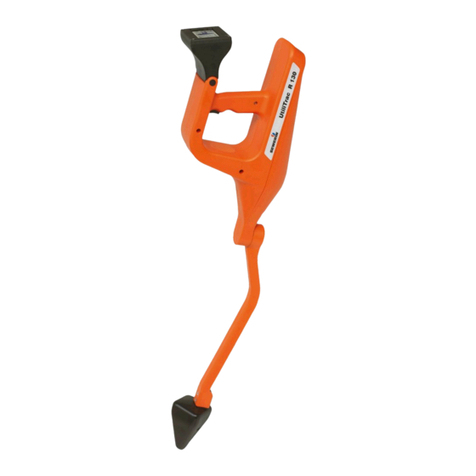
sewerin
sewerin UtiliTrac User manual

sewerin
sewerin Aquaphon A 100 User manual
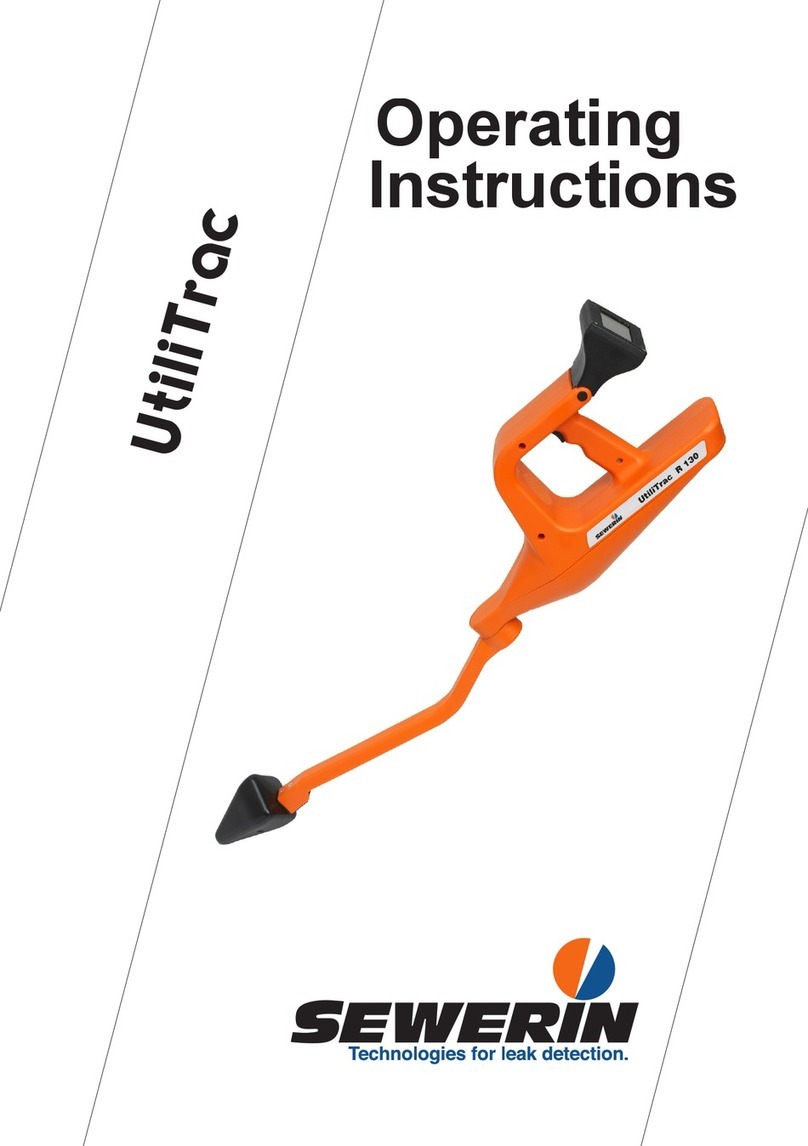
sewerin
sewerin UtiliTrac User manual
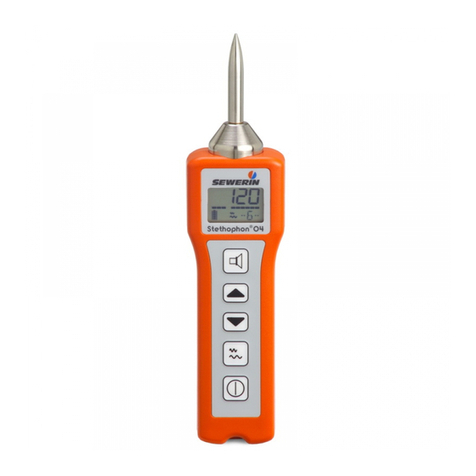
sewerin
sewerin Stethophon 04 User manual
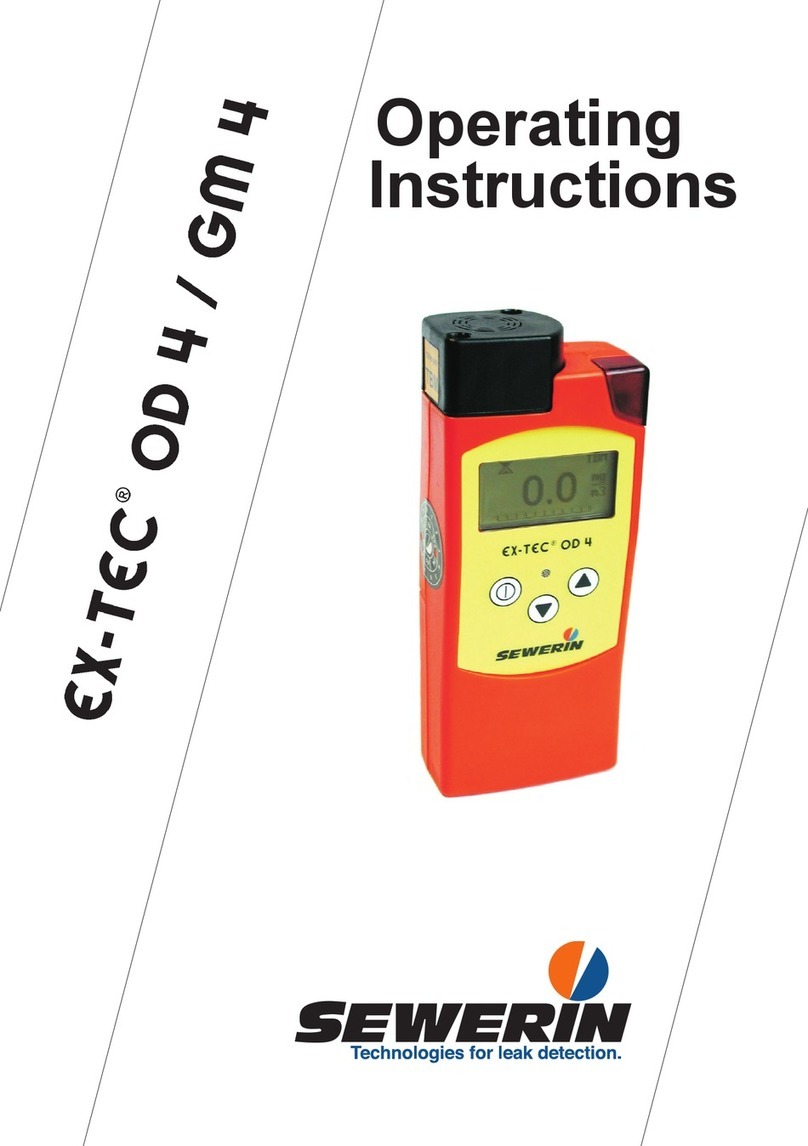
sewerin
sewerin Ex-Tec OD 4 User manual

sewerin
sewerin FerroTec FT 10 User manual
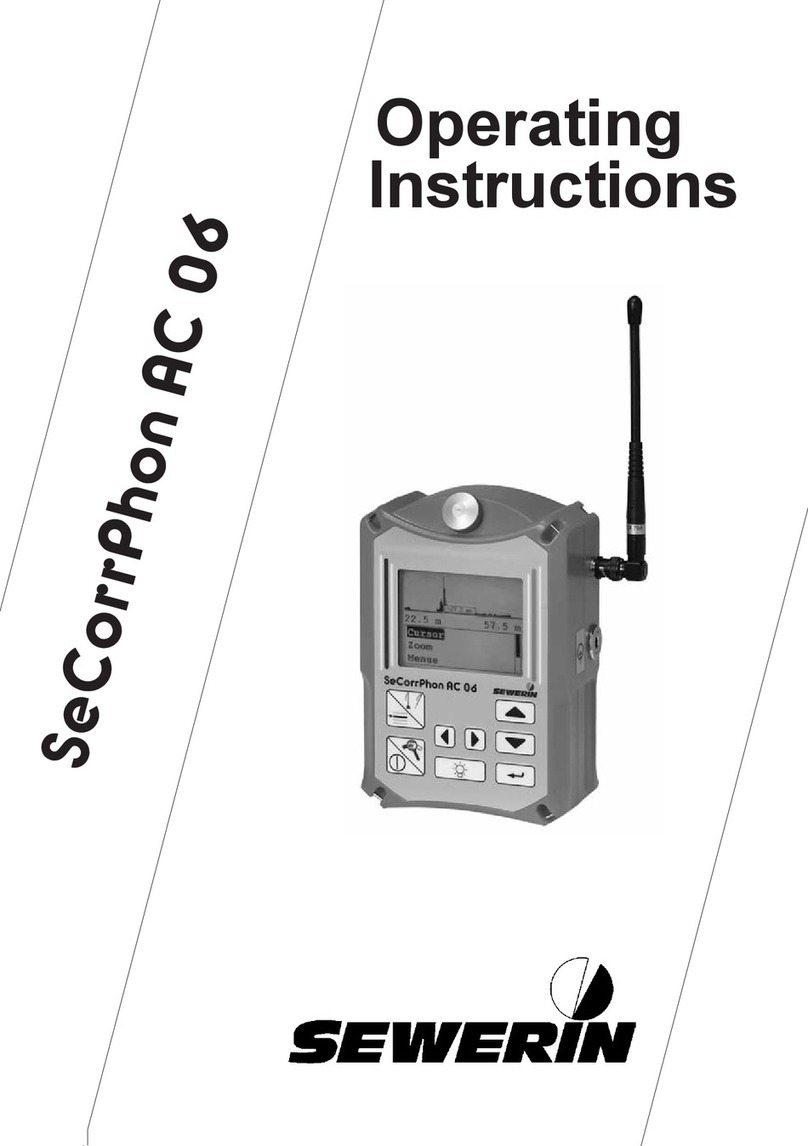
sewerin
sewerin SeCorrPhon AC 06 User manual

sewerin
sewerin Duophon User manual
